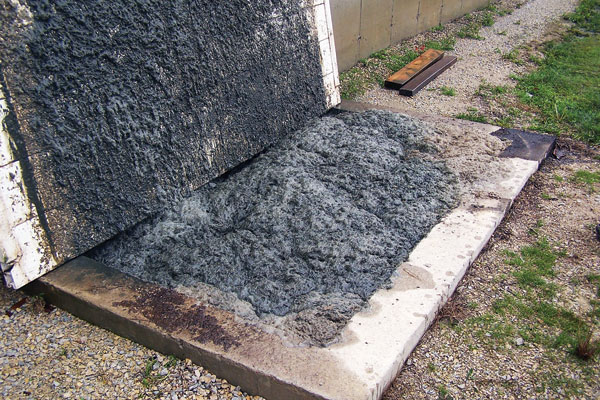Preliminary research from the University of Minnesota indicates pit foam may be reduced by adding monensin sodium, sold by Elanco as Rumensin 90, directly to the manure pit. Rumensin is typically fed to beef cattle to reduce methane production in the rumen and thus increase cattle performance.

Researchers throughout the Midwest continue to search for definitive causes and solutions to the challenge of dangerous and potentially explosive foaming manure pits under swine buildings. Preliminary research from the University of Minnesota indicates pit foam may be reduced by adding monensin sodium, sold by Elanco as Rumensin 90, directly to the manure pit. Rumensin is typically fed to beef cattle to reduce methane production in the rumen and thus increase their performance.
Chuck Clanton, professor in the Department of Bioproducts and Biosystems Engineering at the University of Minnesota, has tested Rumensin 90 and a similar product called Bloat Guard (Phibro Animal Health). Bloat Guard was ineffective in the trials. Clanton added Rumensin 90 at four-dose rates to foaming manure pits and compared the outcomes to untreated control sites at three-week and six-week intervals. Adding Rumensin 90 in a concentrated form, 5 lb./100,000 gal. of manure, to the manure pit pump-out port seemed to have the most impact on reducing foam. The product was added to the pit via the pump-out ports in four locations without agitation.
Additional research will study the effectiveness of adding Rumensin as a short-term solution, as well as the environmental implications of adding the product to manure.
University of Minnesota researcher Bo Hu is conducting a microbial analysis of the bacteria that may be responsible for the foaming response in manure pits. Early indications point to a filamentous bacteria as the culprit, but ongoing research is aimed at understanding why the microbes react differently in foaming pits vs. non-foaming manure storage environments.
National Hog Farmerwill continue to provide updates as more information about this perplexing problem becomes available. Learn more about foaming manure pits and safety precautions online at http://www.manure.umn.edu/applied/foam.html.
About the Author(s)
You May Also Like



